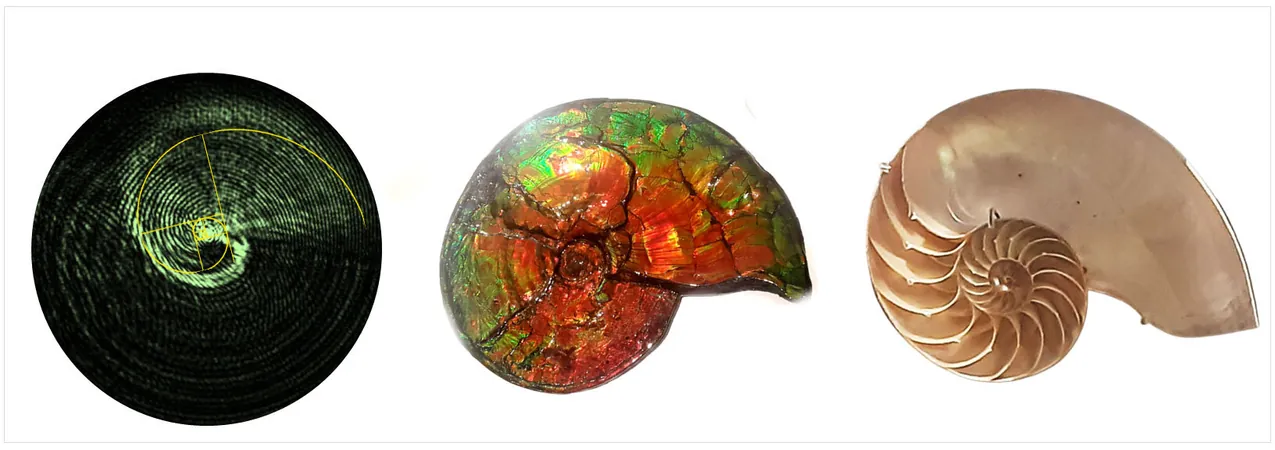
Revolutionary Light Beam Mirrors Nature's Patterns
2025-04-11
Author: Wai
Harnessing the Power of Optical Vortices
Harvard physicists are breaking new ground in the world of light manipulation with an innovative optical vortex beam that spirals through space. This groundbreaking research from the John A. Paulson School of Engineering and Applied Sciences (SEAS) illuminates how light can twist and transform into unique patterns reminiscent of natural spirals.
Introducing the 'Optical Rotatum'
Dubbed the "optical rotatum," this extraordinary light vortex not only showcases a corkscrew trajectory but also varies its properties at different rates along its path. Drawing from classical mechanics, this term captures the dynamic torque changes of the light—an exciting blend of physics and optics.
A Nature-Inspired Discovery
Led by Professor Federico Capasso, the research has unveiled that the optical rotatum propagates in a logarithmic spiral, echoing the Fibonacci sequence. These shapes are famously found in nature, appearing in everything from nautilus shells to sunflower seeds and tree branches, presenting a striking connection between light and the natural world.
A New Opportunity for Scientific Exploration
First author Ahmed Dorrah believes their findings open doors for applied mathematicians to explore these intricate light patterns further. "We hope this inspires new insights into the universal signatures found in nature," he stated.
Taking Light Manipulation to New Heights
This research builds upon previous advancements, where the team used a metasurface—a sophisticated lens etched with nanostructures—to create controllable light beams. The recent work adds another layer of versatility, allowing researchers to adjust the spatial torque of the light as it moves.
Practical Applications in Micro-Manipulation
The potential applications for this exotic light beam are immense. It could revolutionize the manipulation of tiny particles like colloids, introducing a novel force mechanism that harnesses the peculiar torque of the light. The integration of optical tweezers could enable precise micro-manipulation of microscopic materials.
A Breakthrough Made Accessible
What sets this achievement apart is the simplicity of its creation. Unlike other teams that required high-intensity lasers and complex setups, the Harvard team harnessed a low-intensity beam using a single liquid crystal display. This innovation presents a more accessible pathway for the technology to transition into practical applications—making it easier for industry adoption.
A Bright Future for Optical Innovations
As the realms of optics and nature begin to intertwine, this pioneering research signals a new era in light manipulation. The optical rotatum not only showcases the beauty of physics but also holds the promise of advancing technologies in various fields, from materials science to medicine.




 Brasil (PT)
Brasil (PT)
 Canada (EN)
Canada (EN)
 Chile (ES)
Chile (ES)
 Česko (CS)
Česko (CS)
 대한민국 (KO)
대한민국 (KO)
 España (ES)
España (ES)
 France (FR)
France (FR)
 Hong Kong (EN)
Hong Kong (EN)
 Italia (IT)
Italia (IT)
 日本 (JA)
日本 (JA)
 Magyarország (HU)
Magyarország (HU)
 Norge (NO)
Norge (NO)
 Polska (PL)
Polska (PL)
 Schweiz (DE)
Schweiz (DE)
 Singapore (EN)
Singapore (EN)
 Sverige (SV)
Sverige (SV)
 Suomi (FI)
Suomi (FI)
 Türkiye (TR)
Türkiye (TR)
 الإمارات العربية المتحدة (AR)
الإمارات العربية المتحدة (AR)